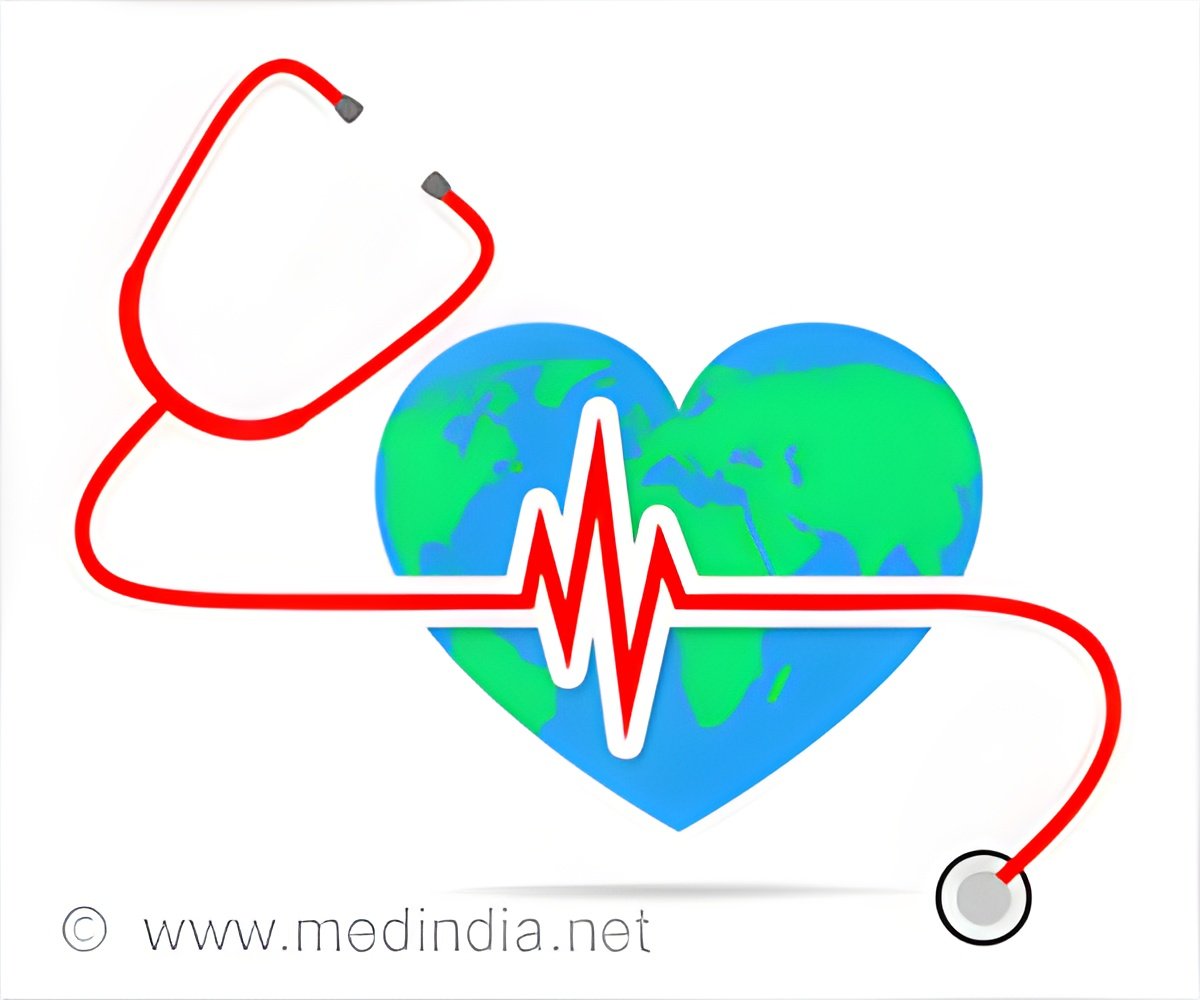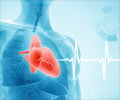
‘Stethoscopes may be replaced by radar to detect the heartbeat in future which may lead to touch-free monitoring of patients.’
Tweet it Now
Used in a conventional way, vibrations from the surface of the body are transmitted to a membrane in the chest-piece and then to the user's eardrum where they are perceived as sounds. Acoustic stethoscopes are comparatively inexpensive and have been used reliably for several decades, but they have one drawback. The diagnosis of heart murmurs, such as the assessment of heart valve function, is carried out subjectively and is directly dependent on the experience of the doctor conducting the examination.
Radar can measure heart sounds
In a joint project funded by the Federal Ministry of Education and Research, FAU researchers at the Institute of Electronics Engineering (LTE) have now developed a procedure that could eventually replace conventional phonocardiology. Using a six-port continuous wave radar system, they measured the vibrations on the skin caused by the heartbeat. 'In principle, we're using a similar method for detecting speed in road traffic,' explains Christoph Will, a doctoral candidate at LTE. 'During this process, a radar wave is aimed at the surface of an object and reflected. If the object moves, the phase of the reflecting wave changes. This is used to calculate the strength and frequency of the movement - of the chest in our case.' In contrast to radar systems for traffic monitoring, the biomedical radar system can detect changes in movement that measure a few micrometers, which is an important prerequisite to diagnosing even the smallest anomalies such as insufficiency, stenoses or heart valves that do not close properly.
As reliable as established measuring methods
Advertisement
Touch-free and objective The FAU researchers are optimistic that mobile radar systems could replace conventional stethoscopes in diagnosing heart function in the near future. A significant advantage offered by radar is the fact that the values are recorded digitally and are thus not subjective allowing human error to be increasingly ruled out during the diagnosis of anomalies or diseases. Using biomedical radar systems for automated prophylactic examinations for example in doctors' waiting rooms, at work, or at home, is also feasible.
Advertisement
Source-Eurekalert








